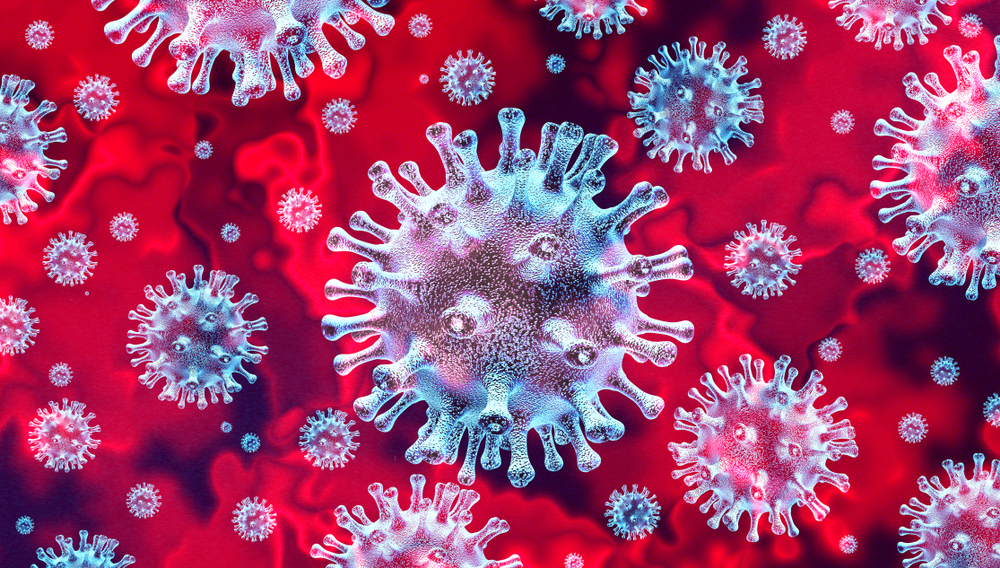
The virus responsible for COVID-19, SARS-CoV-2, can remain stable for hours or even days in aerosols and on surfaces, according to a new study published by the National Institutes of Health, Centers for Disease Control and Prevention, UCLA and Princeton University.
Coronaviruses are known for their durability in this way, and the research published to The New England Journal of Medicine demonstrates that SARS-CoV-2 is no exception. Its endurance does vary by surface, however: in aerosols for up to three hours, up to four hours on copper, up to 24 hours on cardboard, and up to two to three days on plastic and stainless steel. This also depends on whether these surfaces are being actively, effectively cleaned.
By testing on these surfaces, the NIH study hoped to demonstrate the virus’s capabilities on everyday surfaces in households and hospitals.
According to the scientists involved, these results suggest people may be acquiring the virus through either the air or after touching contaminated objects. It also reaffirms existing recommendations for fighting the virus: avoiding close contact with the sick, avoiding touching the eyes, nose or mouth, covering when coughing or sneezing, and cleaning objects and surfaces that are frequently touched.
As part of their research, scientists compared how the environment affects SARS-CoV-2 and SARS-CoV-1 — the virus which causes SARS. The two are the most related human coronaviruses and behave similarly in testing. Scientists were disappointed by that similarity, as it fails to explain why COVID-19 has become the massive pandemic that it has. SARS infected more than 8,000 people, whereas COVID-19 has infected more than 200,000 to date.
Current data suggests that disease control measures effective against the SARS-CoV-2 predecessor are less effective now. Further, cases of transmission from this pandemic seem to be occurring in community settings, rather than healthcare settings — though the latter remains vulnerable, especially when considering the long stability times.




